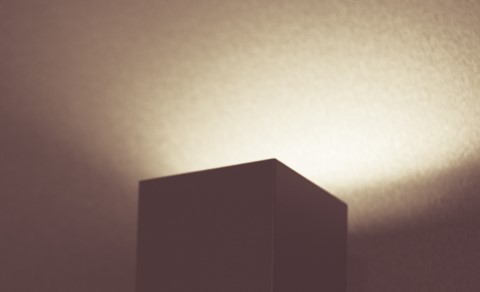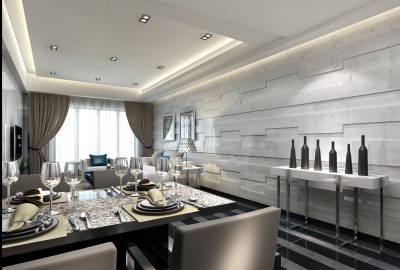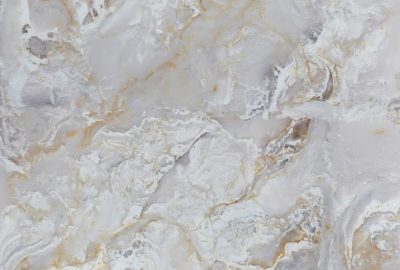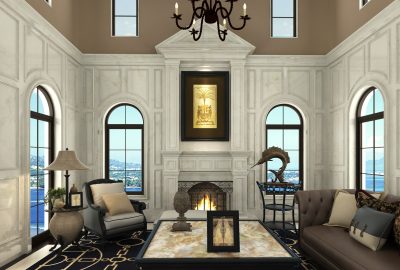Blog
Transform Your Environment with Alabaster Wall Lights
Soft and malleable, the finely-grained and characteristically veined mineral stone known as alabaster has captured the imagination of and been used by cultures all over the world for centuries. Easily carve and shaped into impressive designs, this stunningly beautiful stone features a pure whiteness and natural, light-enhancing translucency that make it the perfect material for works of art and architectural projects. Here is a brief history of the use of this magnificent material from ancient Egypt and Greece to today’s stunning Alabaster Wall Lights.
Alabaster in Ancient Greece and Egypt
Rare and precious, alabaster was greatly valued and often used to produce objects of religious and sacred importance by the ancient Egyptians. Typical examples of such objects included small ornamental urns and vases designed to hold oils and fragrances.
Less durable than, for example, marble when left untreated, alabaster was prized by the ancient Greeks for the creation of decorative figurines, sculptures, statues and a range of other interior projects.
Alabaster in the Middle Ages
During the Middle Ages, alabaster, which is easily permeated by natural light, became a popular material for lighting features and windows throughout Europe and the large, decorative windows of many European churches were created using alabaster, rather than the traditional stained glass. An exceptionally beautiful example of this exists in the shape of Orvieto (Italy) Cathedral’s large alabaster window. Crafted from a very rare, ochre-coloured type of alabaster, this window bathes the cathedral’s interior in a warm, almost ethereal golden light.
Alabaster Today
Unfortunately, natural alabaster is comparatively expensive. This is due to two major factors:
- Quite rare to begin with, sources of alabaster have been increasingly depleted over the centuries. Most quality alabaster is, in fact, now sourced almost exclusively from Spain.
- Mining alabaster is extremely labour-intensive, as stone found near the surface cannot be used due to its tendency to deteriorate through surface exposure and susceptibility to damage by weather. It must therefore be mined from veins lying between 6″ and 20″ below the surface.
What’s more, not all the alabaster found is translucent – and only the translucent stone is suitable for use in lighting applications and windows. The remaining, non-translucent stone is simply cut away. As alabaster is delivered to factories in rocks weighing anything from 30 lbs up to as much as a ton, this means by the time the usable translucent material has been revealed, up to 75 per cent of the original rock may have been discarded.
There is, however, a more cost-effective and more environmentally friendly solutions to transforming your environment with the warm, ambient glow of alabaster wall lights.
Luxury Surfaces Faux Alabaster
Created using state-of-the-art solid surface techniques and technologies, our faux alabaster panels are suitable for a myriad of applications ranging from magnificent wall panelling, columns and windows to alabaster wall lights, chandeliers and anything you can imagine in-between.
Whether you take your inspiration from ancient, classic or art-deco; international, industrial, contemporary or futuristic designs or want to create something totally unique and distinctive, faux alabaster panels make the impossible possible and allow you to create exquisite, truly memorable interiors.
More Information
To learn more about faux alabaster and its many different uses and/or discuss your vision of inspirational interior design with our experts, please do not hesitate to call us on +44 (0) 203 633 4613 now. Dedicated to the provision of premium quality workmanship, we will be delighted to help you turn your vision into stunning reality.








